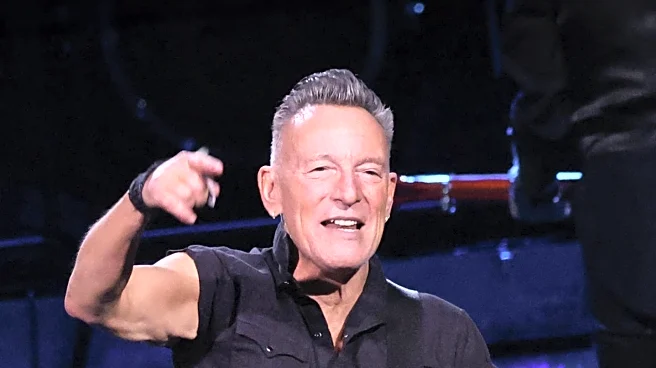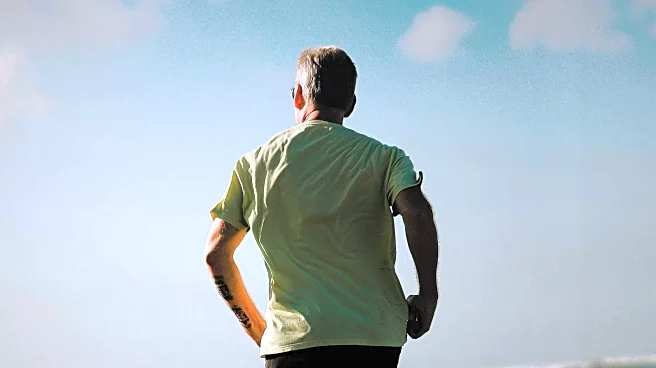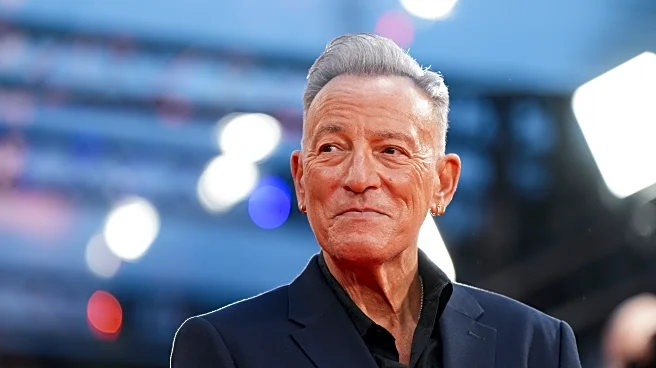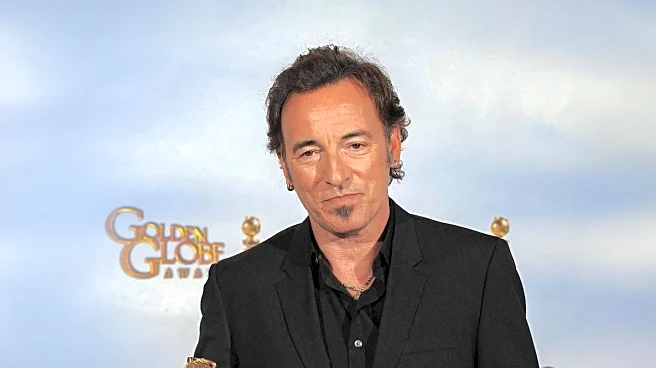What's Happening?
Bruce Springsteen, at the age of 76, continues to maintain an active lifestyle, adapting his fitness routine to accommodate the natural changes that come with aging. In interviews, Springsteen has shared insights into his exercise habits, which include
weight lifting to stay toned and walking on a treadmill instead of running. Despite acknowledging some physical limitations, he remains energetic and committed to his health. His dedication is evident as he often hits the gym the morning after performing lengthy concerts. Springsteen's approach to fitness has also inspired other musicians, such as Zac Brown, who adopted the practice of sweating for an hour a day based on Springsteen's advice.
Why It's Important?
Springsteen's commitment to fitness at an advanced age highlights the importance of adapting exercise routines to suit one's physical capabilities while maintaining overall health. His influence extends beyond his music, as he sets an example for both fans and fellow artists on the significance of staying active. This approach not only contributes to longevity but also enhances performance and energy levels, which are crucial for demanding careers in the entertainment industry. By sharing his routine, Springsteen encourages a broader conversation about healthy aging and the benefits of consistent physical activity.
What's Next?
As Springsteen continues to tour and perform, his fitness regimen will likely remain a key component of his lifestyle. His influence may prompt more individuals, particularly those in high-energy professions, to prioritize their health and adapt their routines as they age. The ongoing dialogue about fitness and aging could lead to increased awareness and resources for older adults seeking to maintain an active lifestyle.
Beyond the Headlines
Springsteen's story underscores the cultural shift towards valuing health and wellness at all stages of life. It challenges stereotypes about aging and physical decline, promoting a narrative that emphasizes capability and vitality. This perspective can inspire broader societal changes in how aging is perceived and addressed, potentially influencing public health policies and community programs aimed at supporting active lifestyles for seniors.














